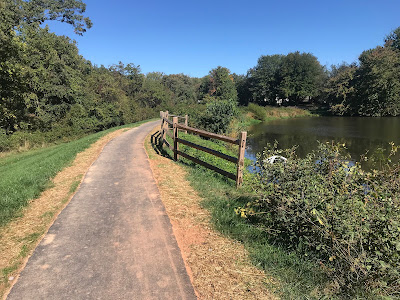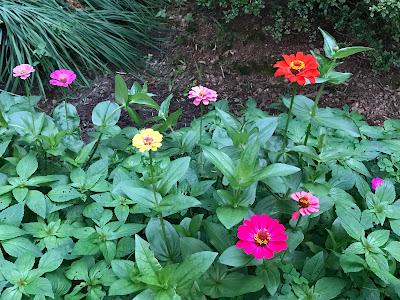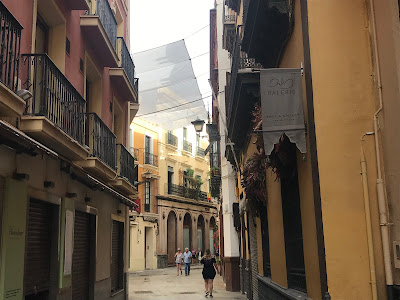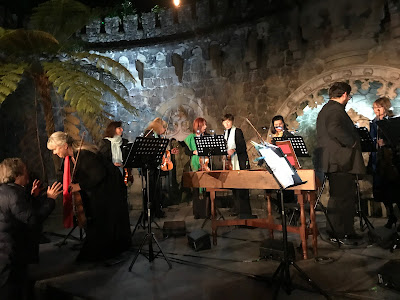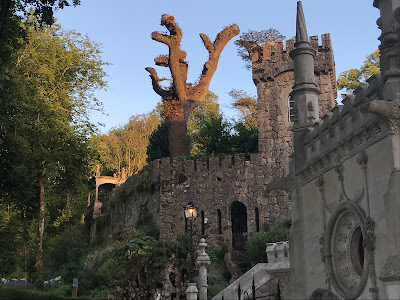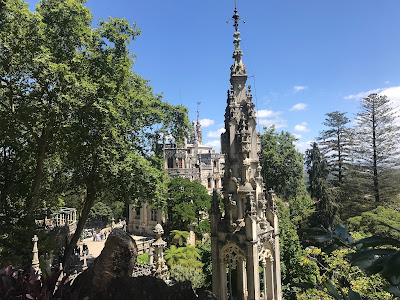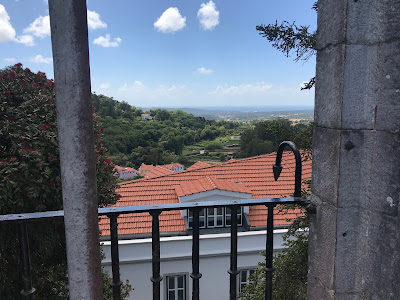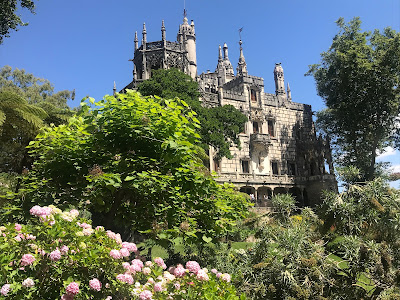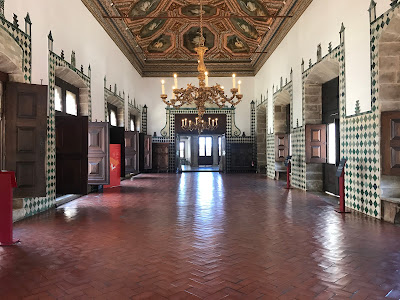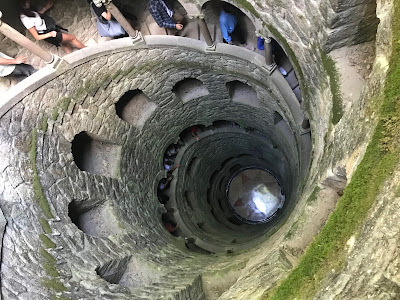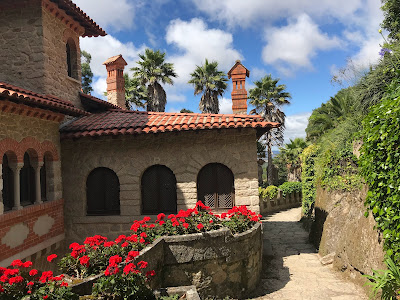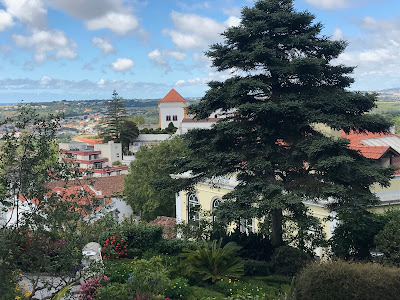The Deer Did It
Sometimes the deer do us a favor, although not often and not directly. Because the rapacious critters ate my impatiens while I was away, I wanted to put something in the large flower pots that flank the front door. Begonias have a reputation as deer-resistant, so I found a good deal on four plants.
The favor part of this is that the errand landed me in a part of town I don’t usually visit. And that meant a walk on a sunny and unfamiliar path. I cruised along a road for part of the route, then circled a pond that was luminous with bird and insect life.
Dragonflies buzzed, frogs croaked, birds chirped as they landed on lily pads. A gazebo let me view the scene from a shady perch. Afterwards I took a series of tree trunk steppingstones through the wetland bordering the pond, then strolled through a cool glade.
It was lovely midsummer moment, brought to me (sort of) by the deer.
